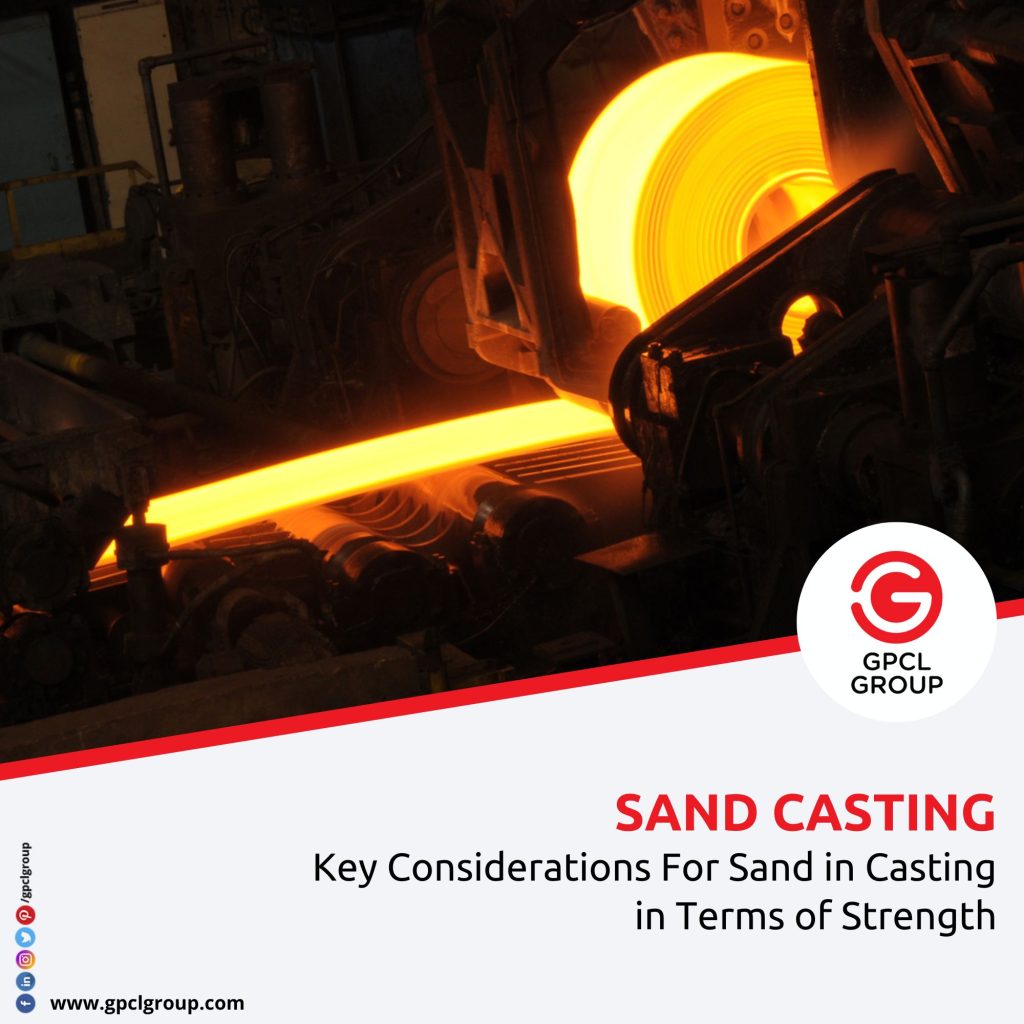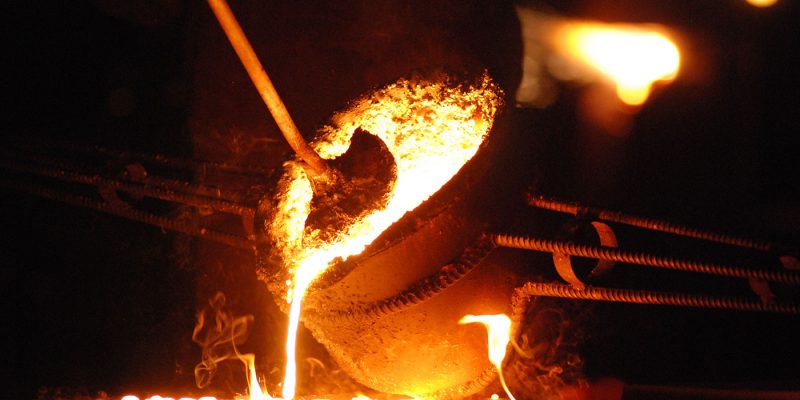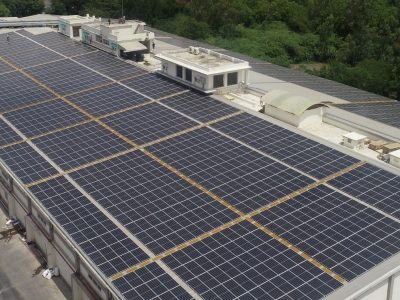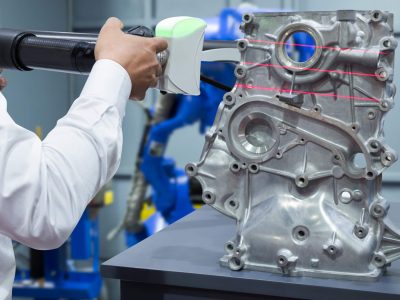By gravity or force, molten metal is poured into a hollow in a disposable sand mould during sand casting, where it solidifies to create the cavity-shaped item. Casting is another name for the method used to create 3D objects. Engine blocks and engine components are among the most popular sand casting manufacturers.
It is the most often utilised method of producing metal castings, accounting for a sizeable portion of the overall weight of the cast. The materials are heated to the right melting point during the sand casting process, and they may also be treated to change their chemical makeup to provide the desired material qualities. The hot metal is then poured into a cavity-shaped mould to allow it to cool and solidify.
The designers must pay close attention to some process criteria and be aware of sand casting’s limitations to achieve the highest performance sand casting at the lowest feasible cost. Eight crucial aspects of sand casting manufacturers —draft angle, parting line, completely undermines and cores, cross-sections, layer thickness, corners and angles, junction design, and casting allowance—must be taken into account to avoid the common sand casting process pitfalls that mechanical engineers must deal with.
Only if a flaw or disadvantage impairs the part’s functionality will it be a problem. Therefore, it’s crucial to use a good manufacturing method to fulfil the part’s functional requirements.

Sand casting characteristics
The most adaptable manufacturing technique is sand casting, which enables engineers to create complicated objects out of an infinite variety of metals and alloys.
- Small sculptures to components weighing more than 100 tonnes may all be created using sand casting.
- It is simple and efficient to make very complicated elements in one piece.
- poor dimensional precision
- bad surface quality
- very flexible and capable of managing huge manufacturing
How does the Process of Sand Casting Work?
Sand casting is one of the used methods for casting metal, or its mould is divided into two parts. Inside a flask, which is a container, there are two halves: the drag on the bottom and the cope on the top. The flask is likewise separated into two parts, as seen in the figure below. The separating line is the line that divides the object into two parts.
Steps in sand casting
The process of creating a pattern involves creating a suitable-material copy of the object that will be cast. To account for metal shrinkage during the cooling process, the design is often larger.
In the process of creating a mould, sand is packed into the mould from around the pattern to create sand mould. The upper half of the sand mould is referred to as the “Cope,” while the bottom half is referred to as the “Drag.”
The design leaves behind a hollow into which molten metal may be poured. Other features of the mould, such as the sprue, runners, gate, pouring cup, riser, etc., are covered in more depth later.
The two mould halves Cope and Drag are tightly fastened together during the clamping stage, ready for metal pouring.
The temperature at which molten metal may be poured is maintained. To prevent early solidification, molten metal is swiftly poured into the space.
Once the metal has been poured within the hollow, it will start to cool and harden. The majority of potential sand casting manufacturers are introduced during this solidification phase.
The mould can indeed be broken off or shaken out when the cooling phase is over and used for casting.
Cleaning and eliminating the segment that connects to the main part, such as the runners, Sprue, etc., constitutes trimming.
Benefits
Flexibility in design – Part sizes and weights can fluctuate from a few grammes and millimetres to metres and several tonnes. Only the limitations placed by the manipulation and supply of molten metal place a restriction on the cast’s size and weight. Large pieces may therefore be made.
High-complexity forms – Casting, which yields almost net-shaped components, gives the widest variety of options for shaping complex features.
More options for materials – Almost every sort of technical alloy that can be melted can be cast.
Minimal-cost tooling – Compared to these other metal production techniques, tooling and machine costs are low. Consequently, it is one of the most affordable ways to produce components with almost net shapes.
Short lead time – A small lead time is excellent for small production runs since it is shorter than other lead times. Less waste because recycled scrap metal.
Also Read: Global Industrial Valve Casting Opportunity Analysis







Comments